For all his amp needs, Simmons rolls with a single Mesa/Boogie Mark V. He uses the various channels to gain up his signal (or become Keith Richards, as he puts it) and depends on tube saturation for distortion. Simmons does have a second Mark V in the rack for backup purposes.
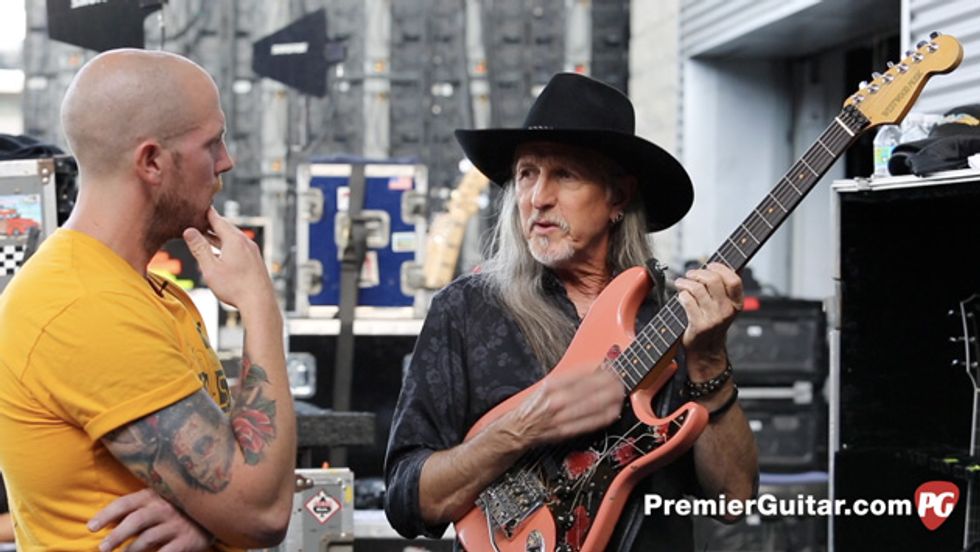
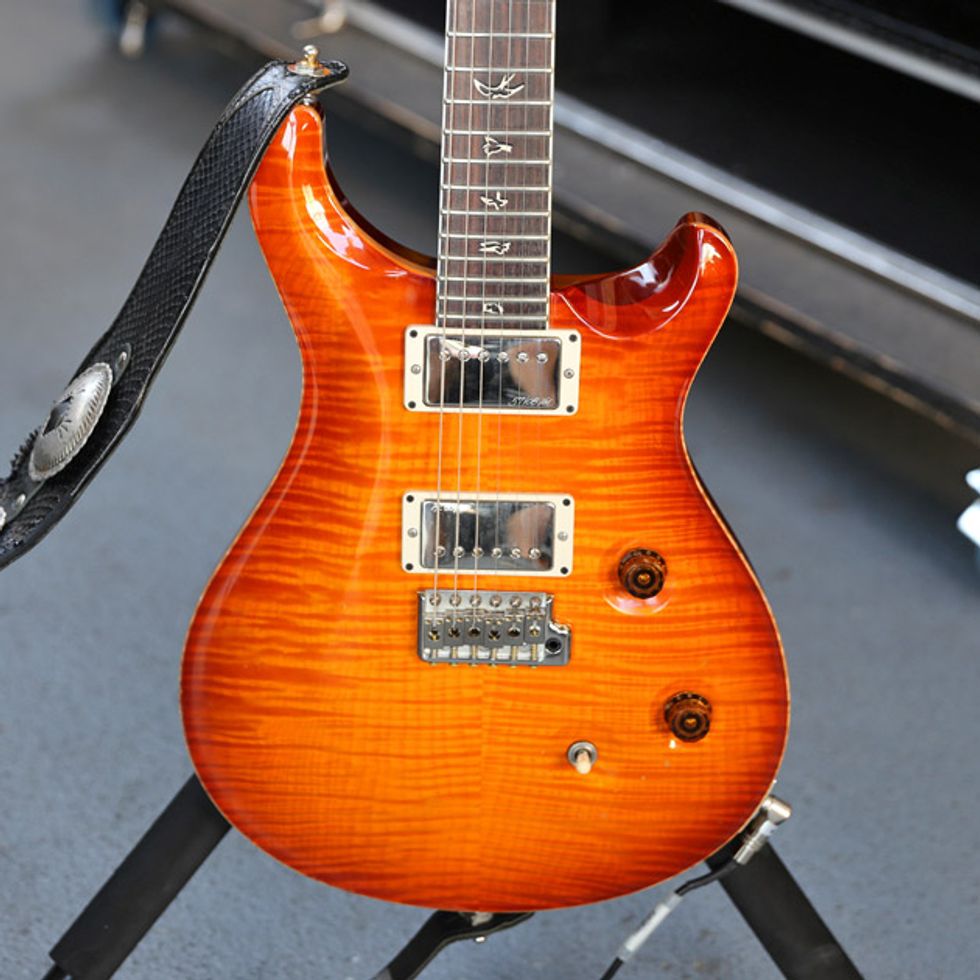
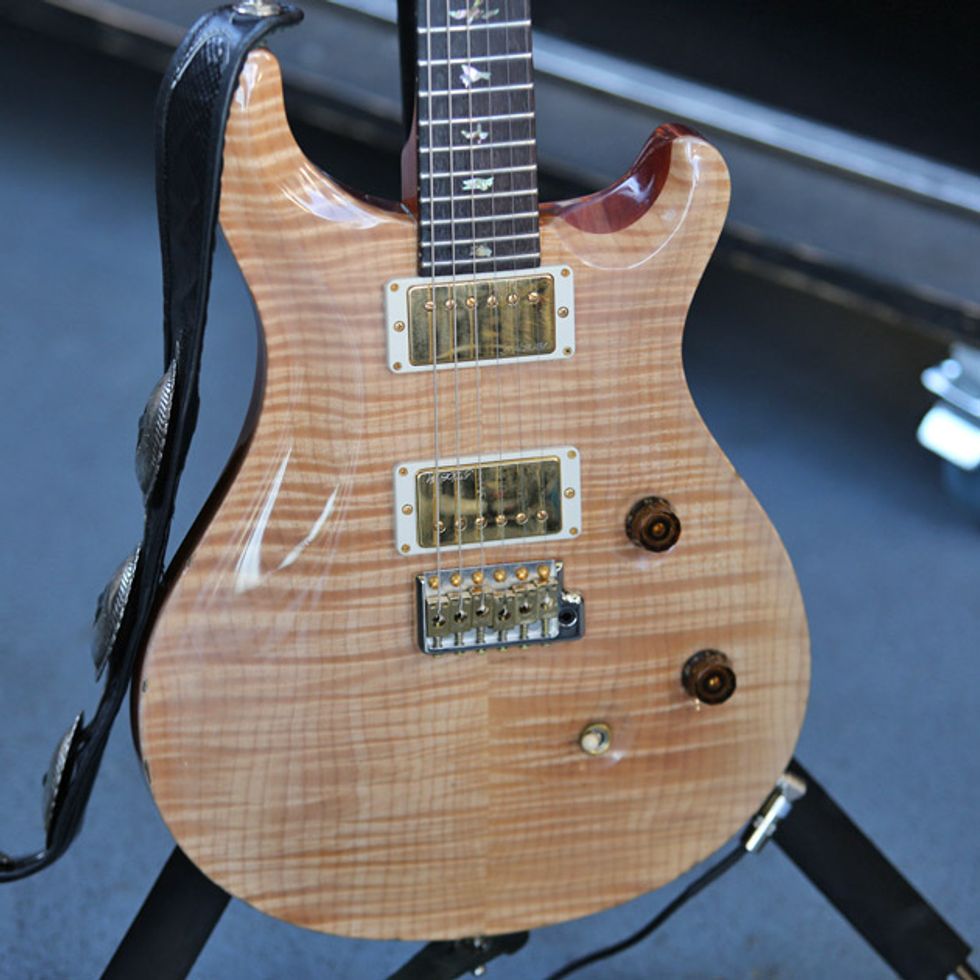

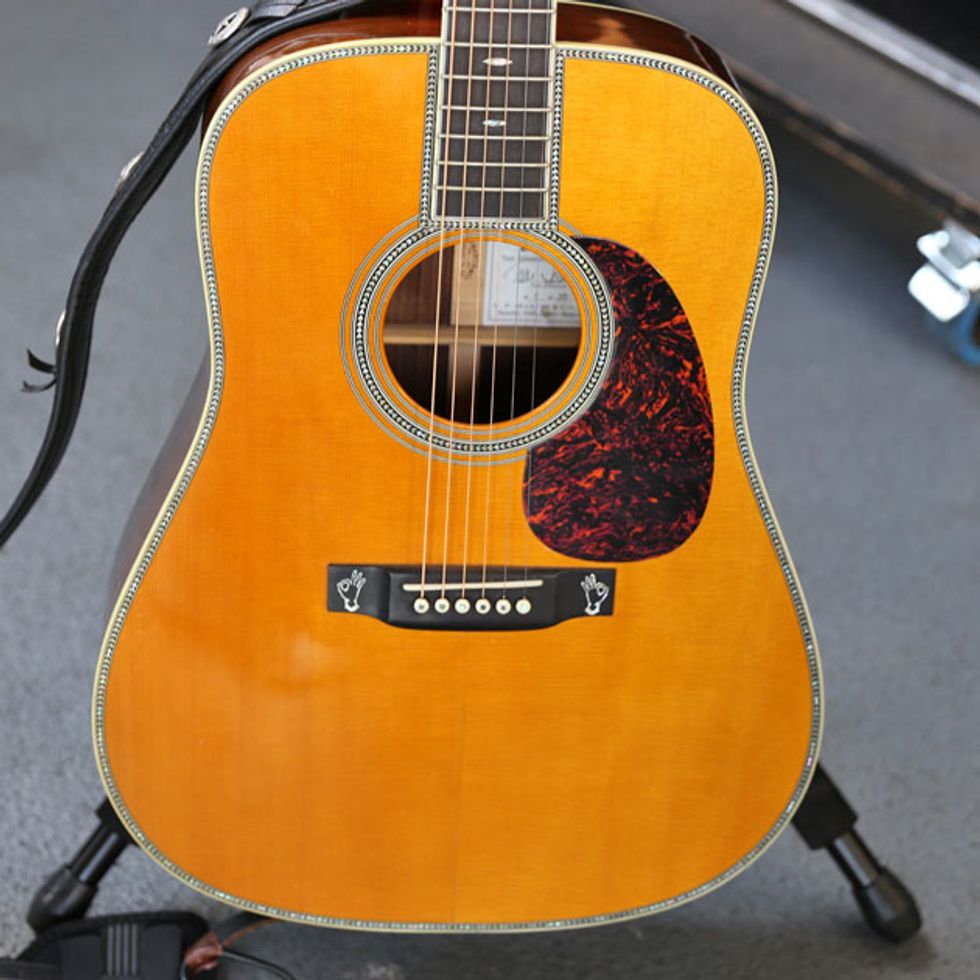
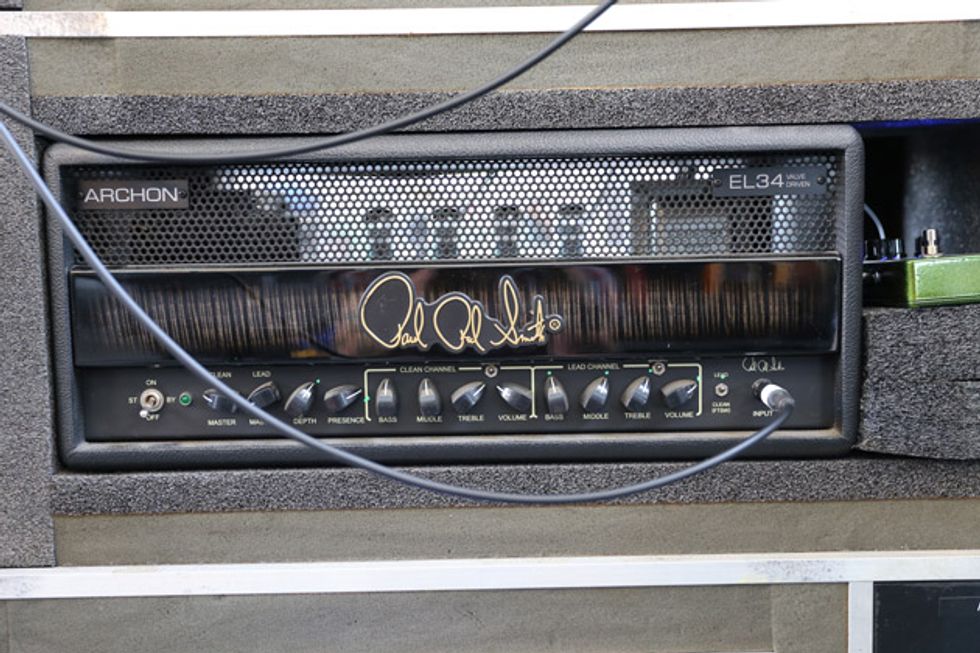
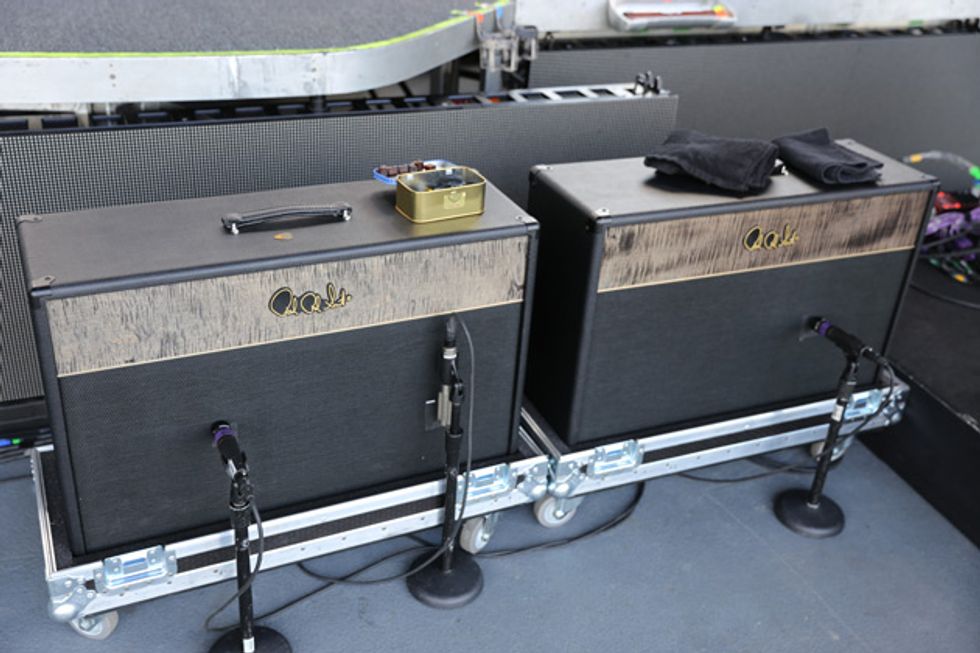
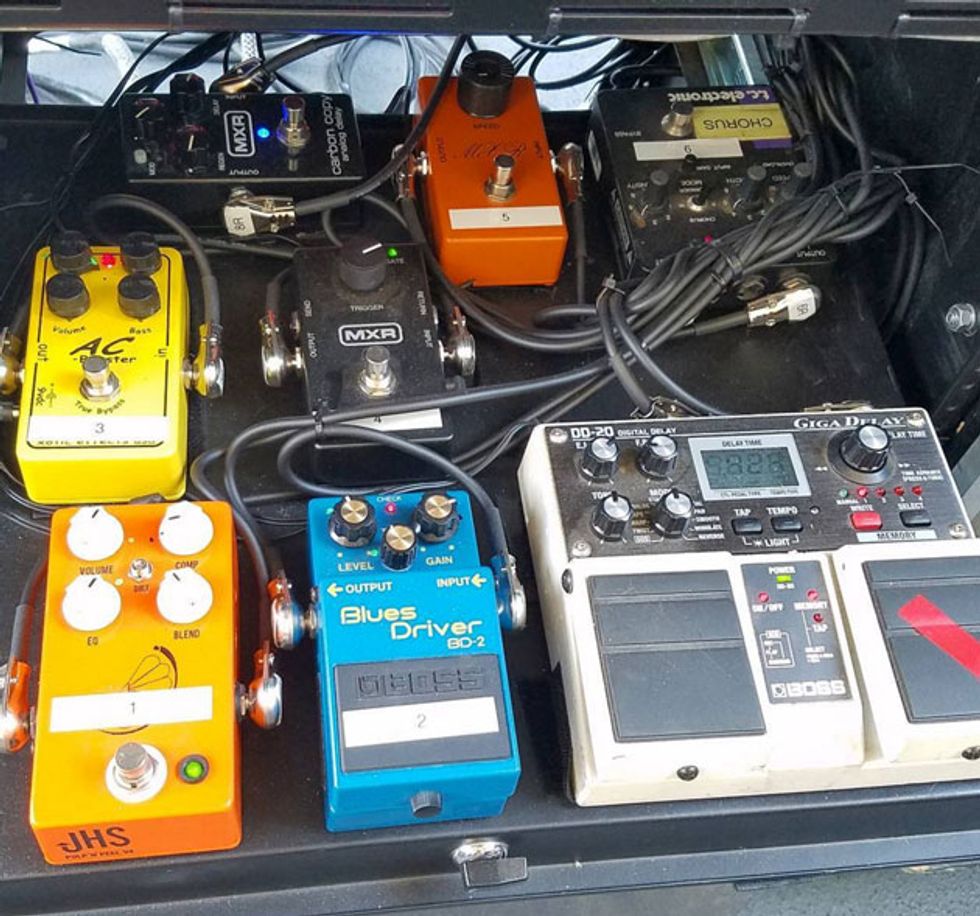
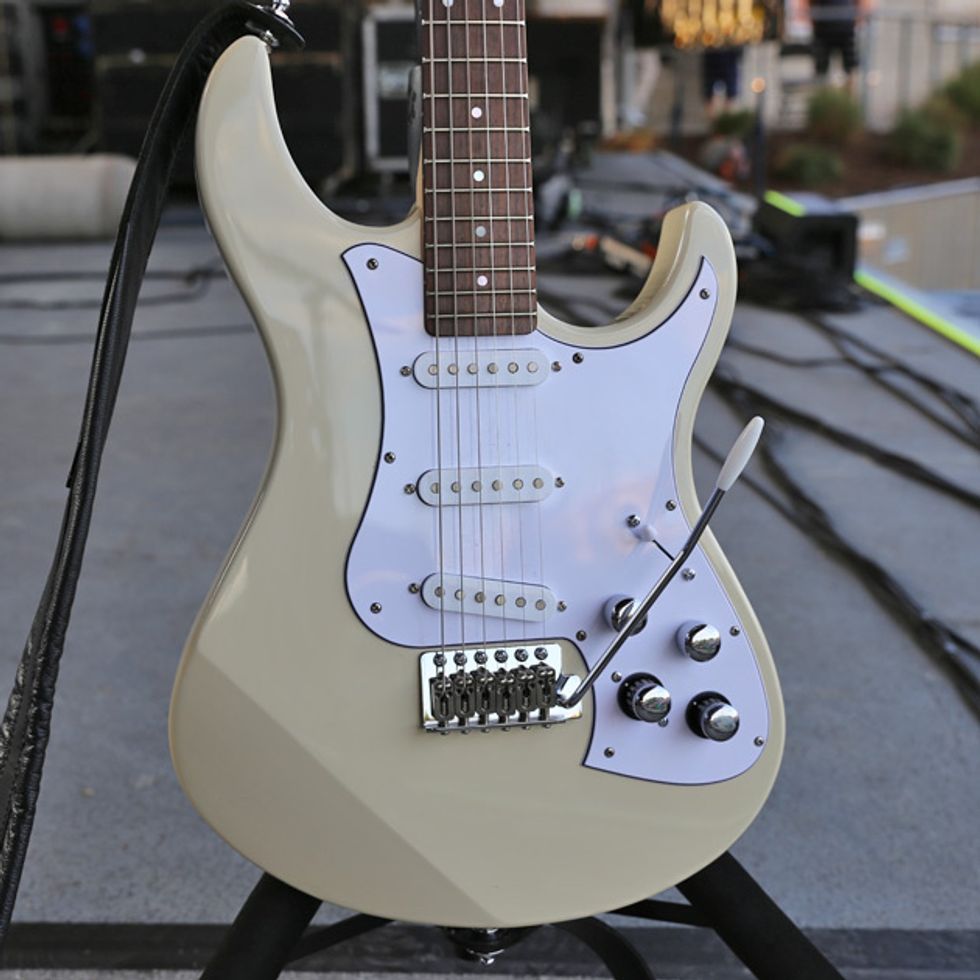
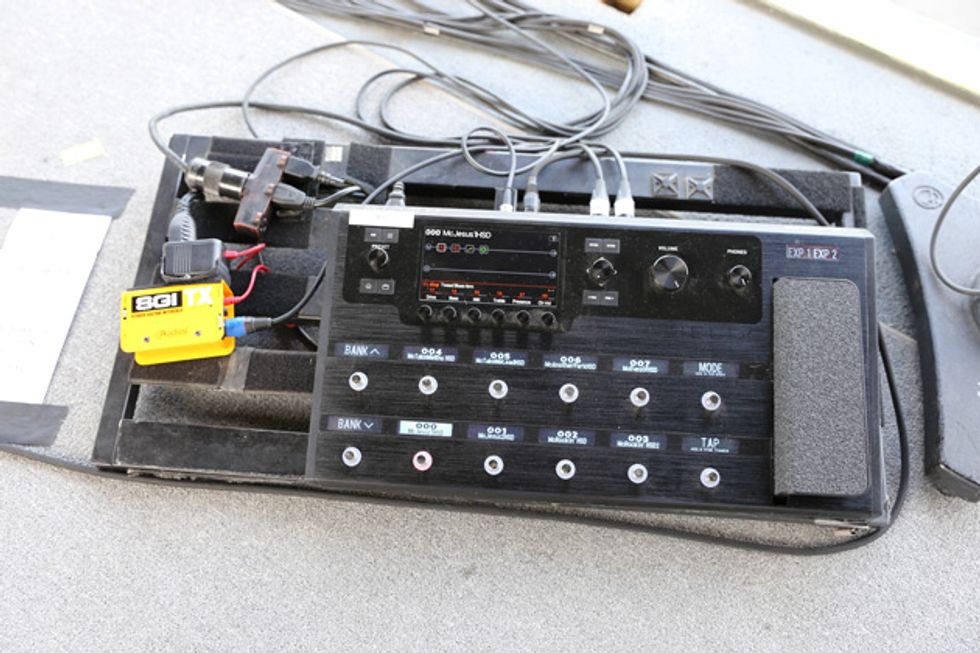
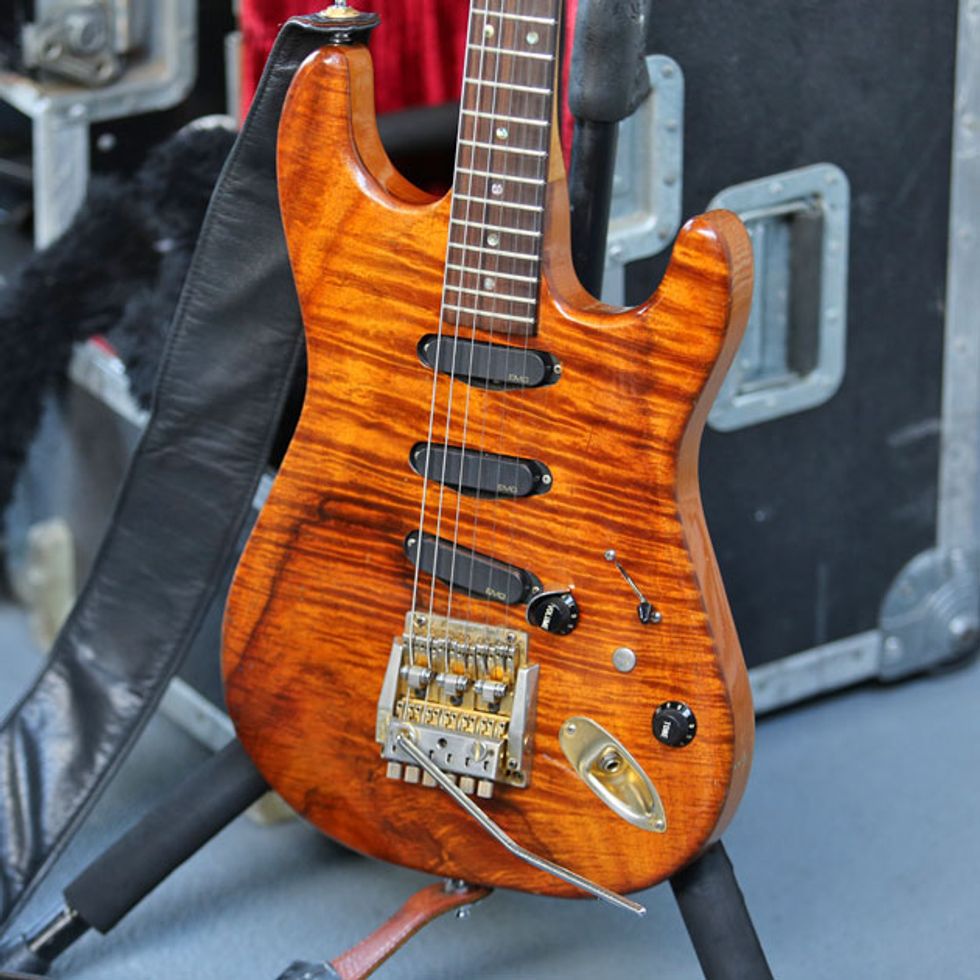
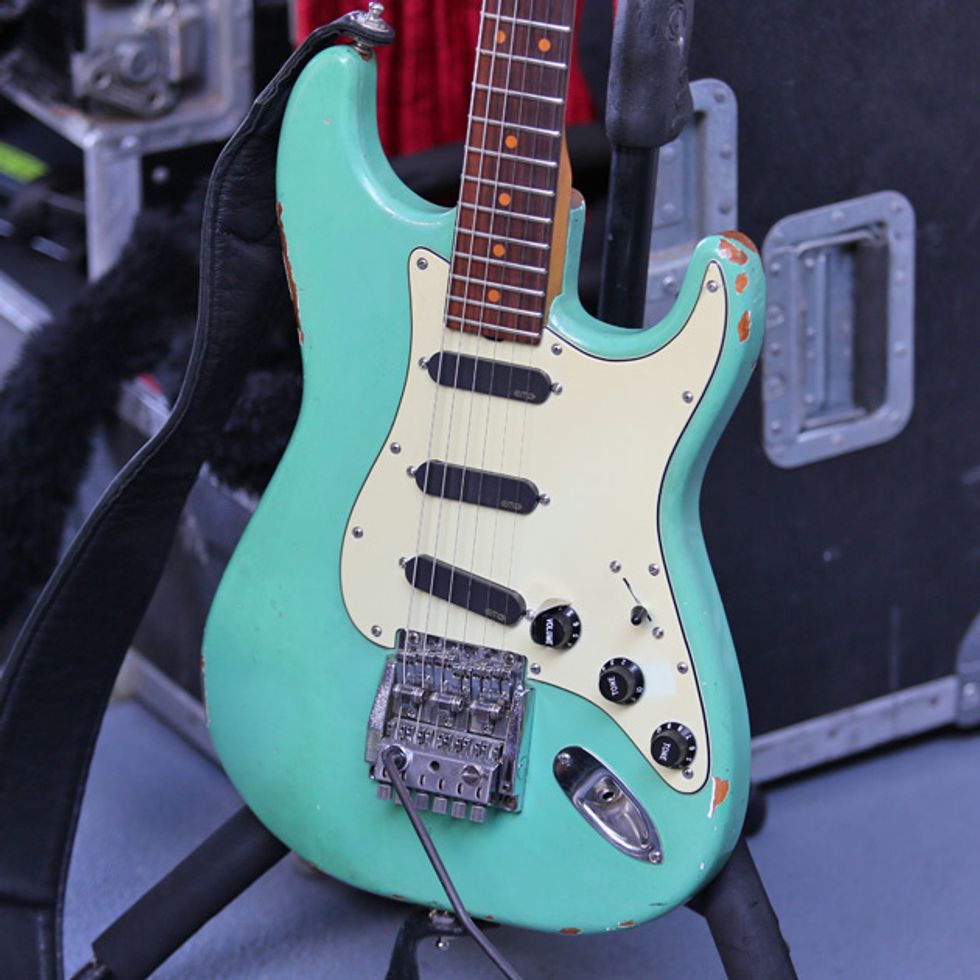
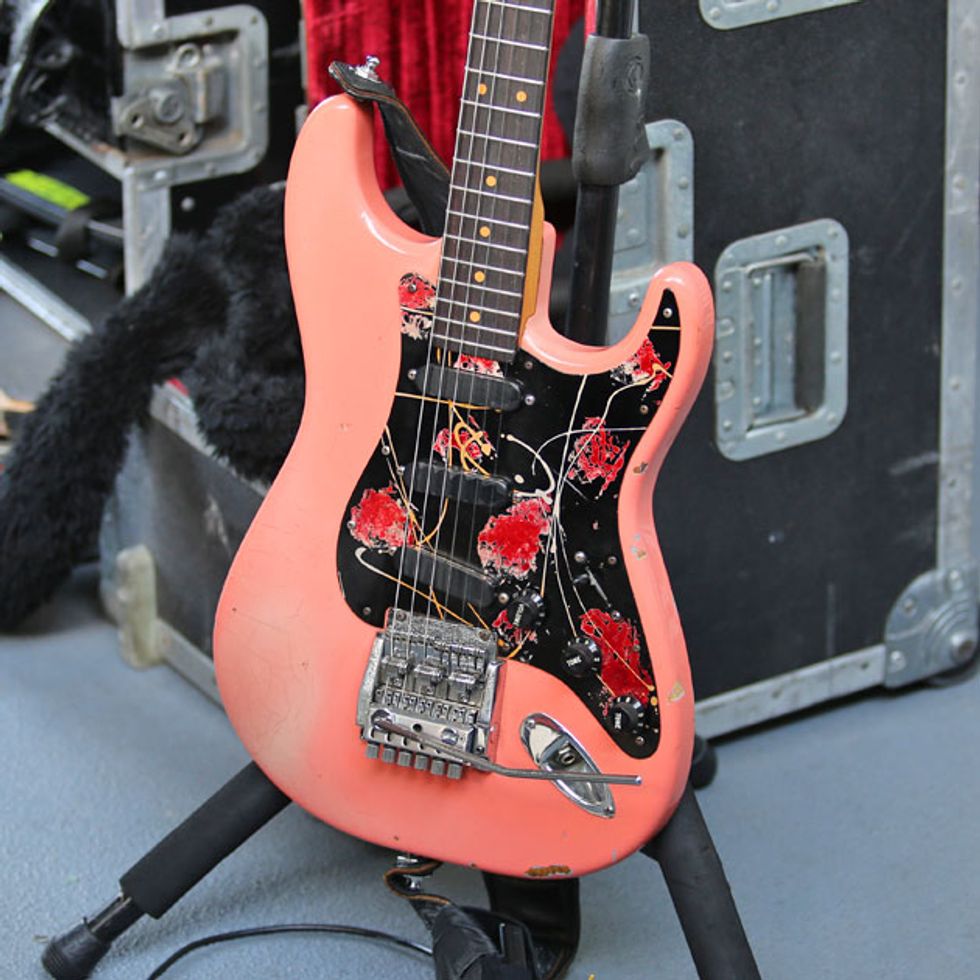
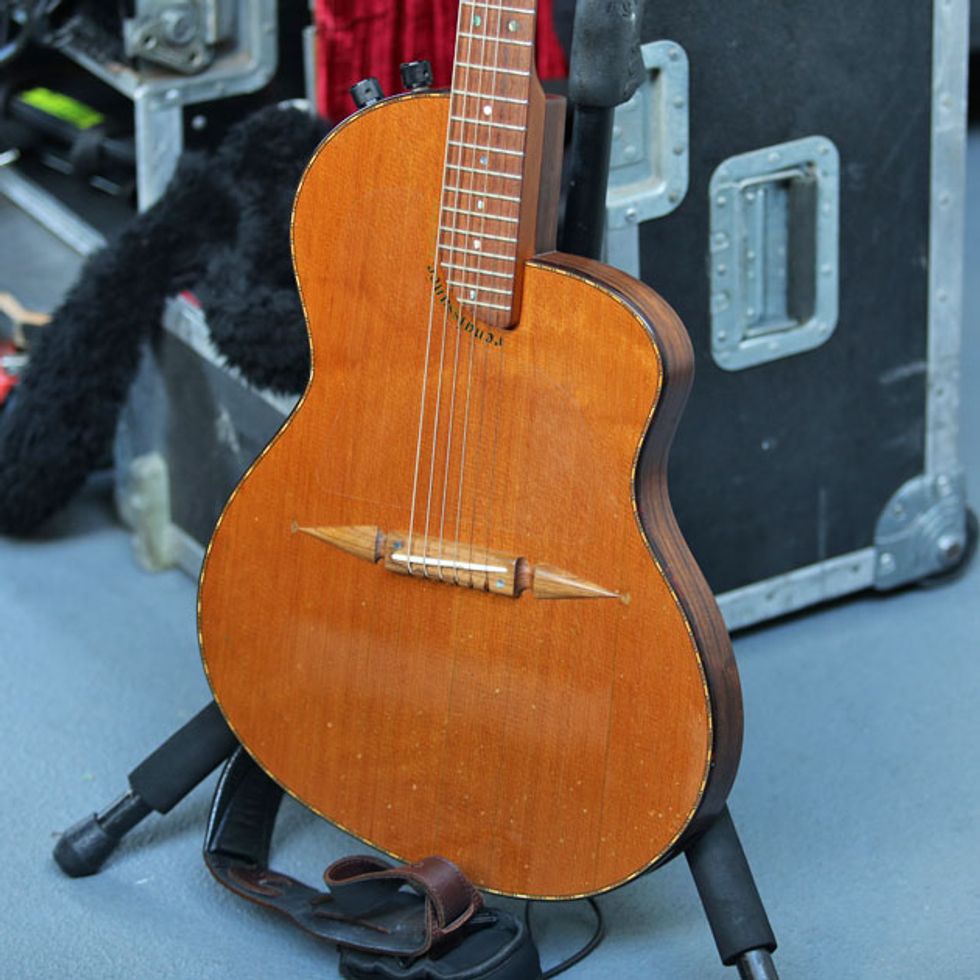
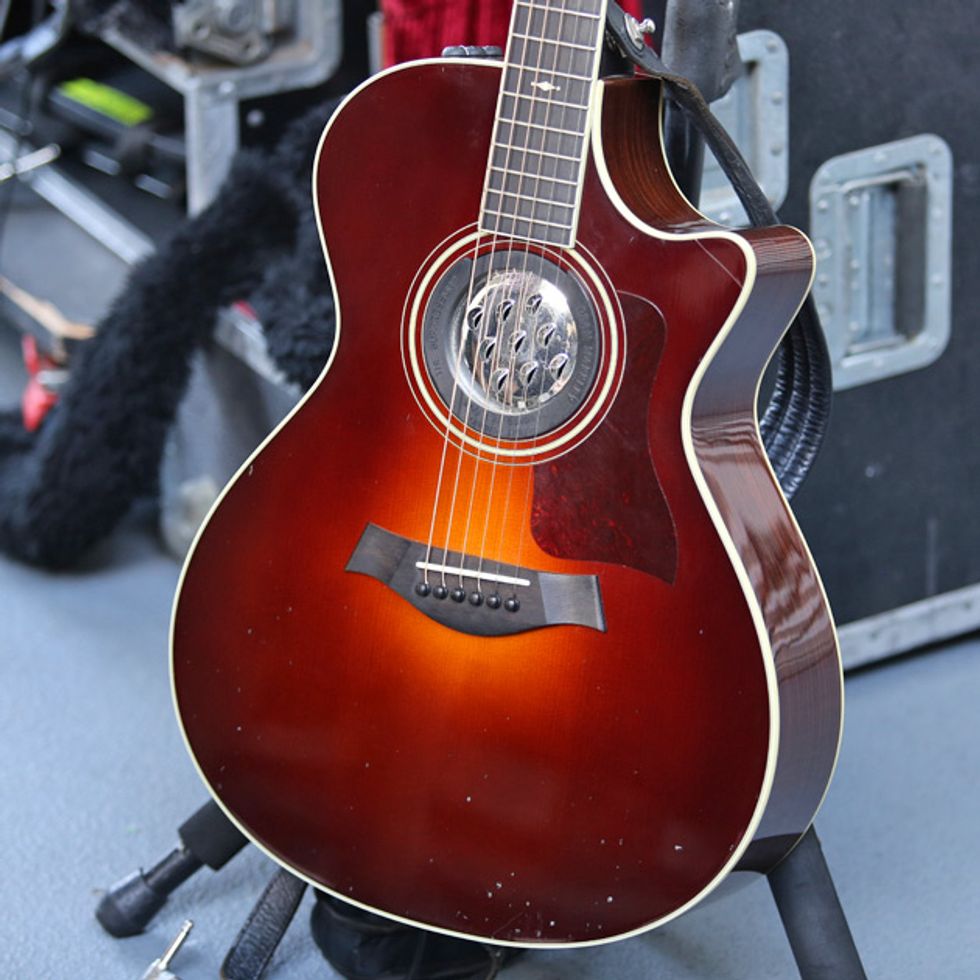
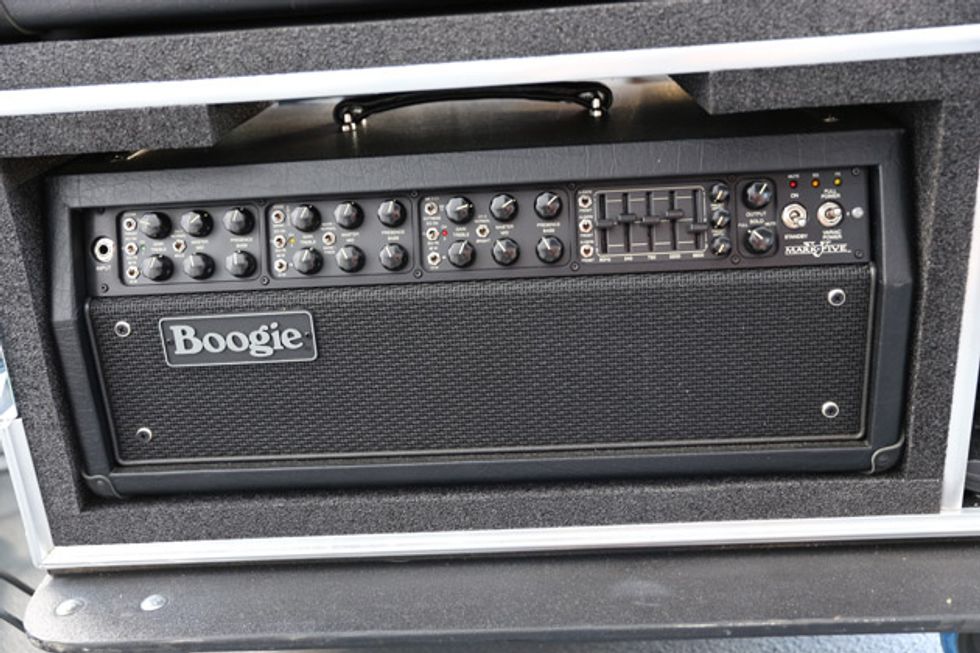
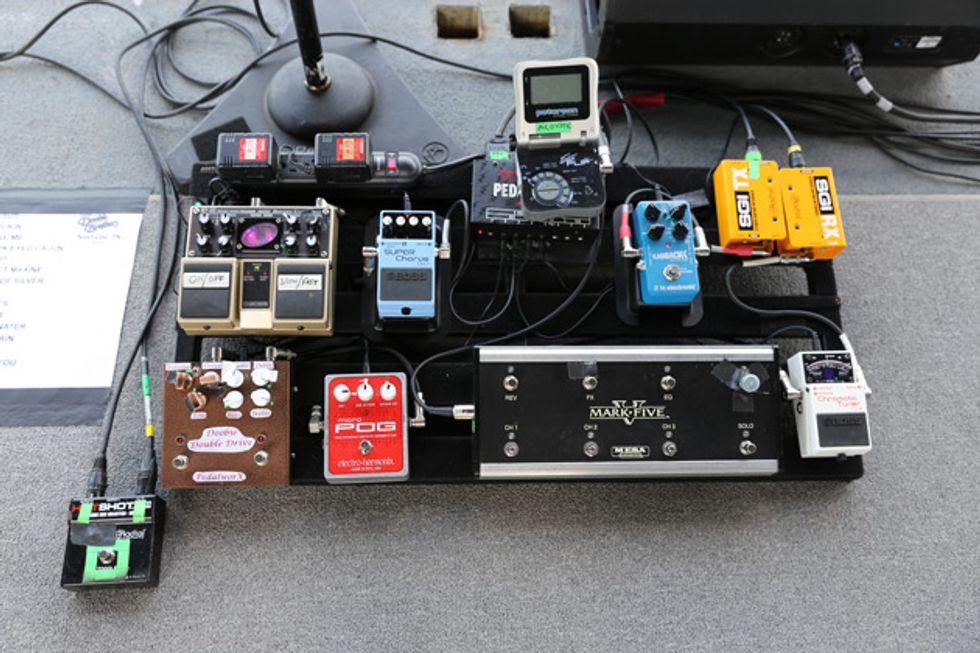
Special thanks to tech Chris Ledbetter.
Click to subscribe to our weekly Rig Rundown podcast:


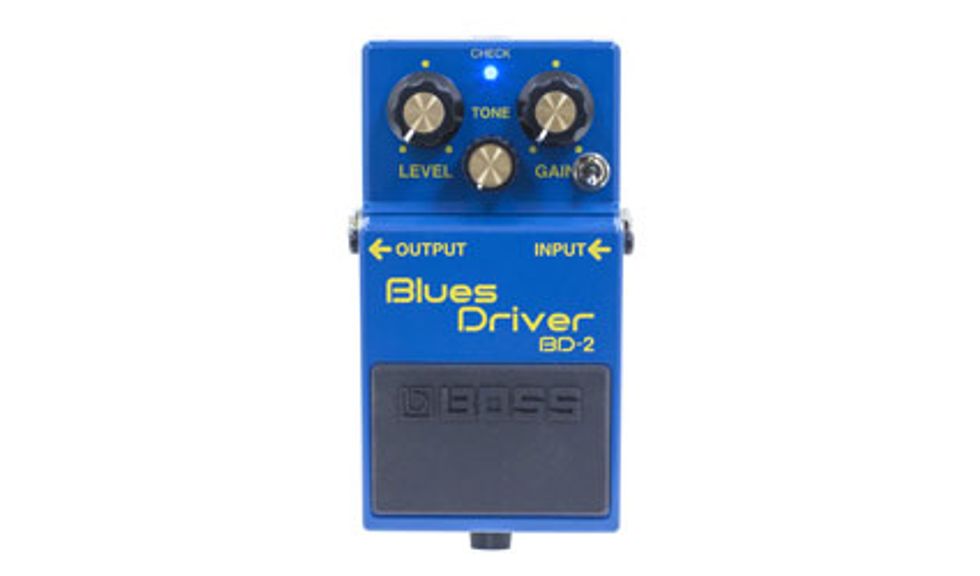

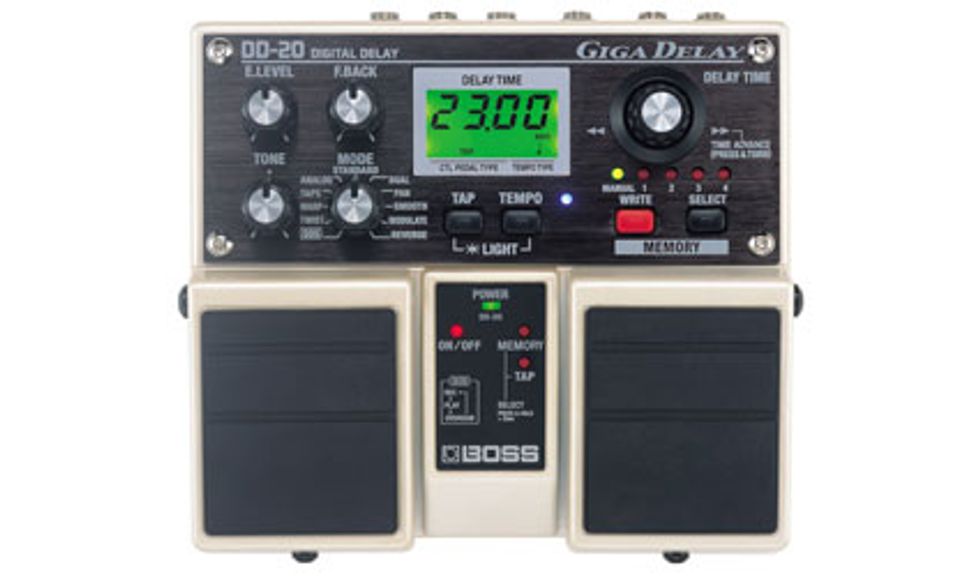
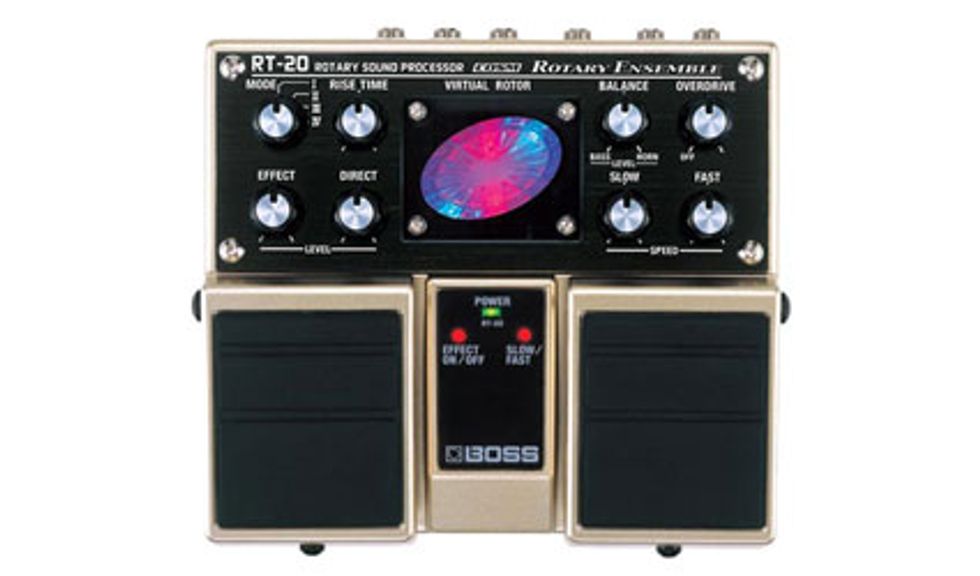
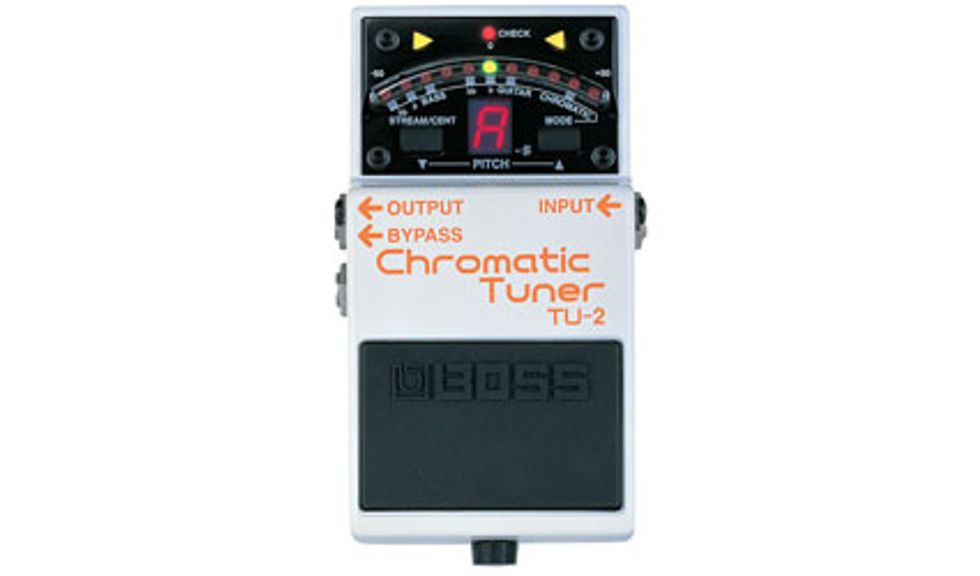
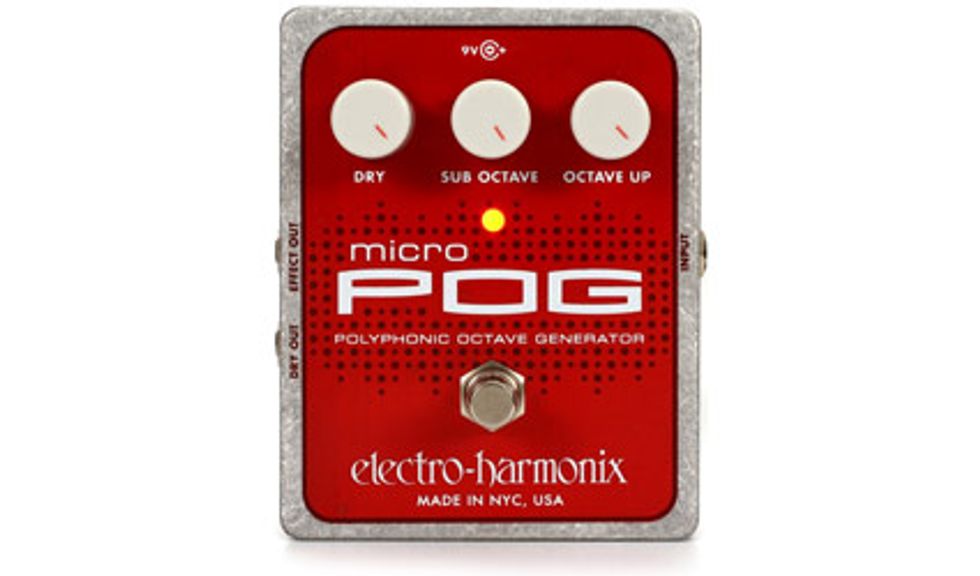
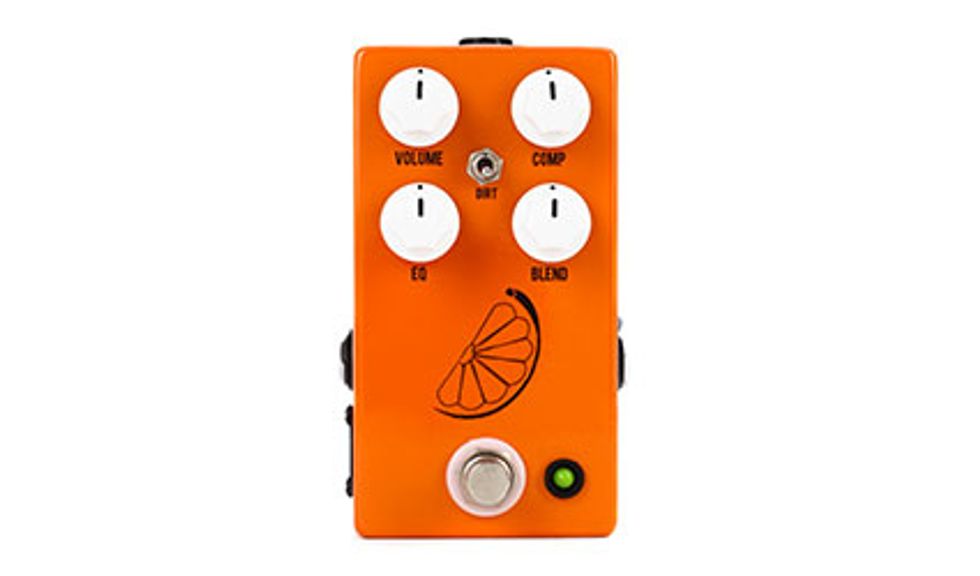
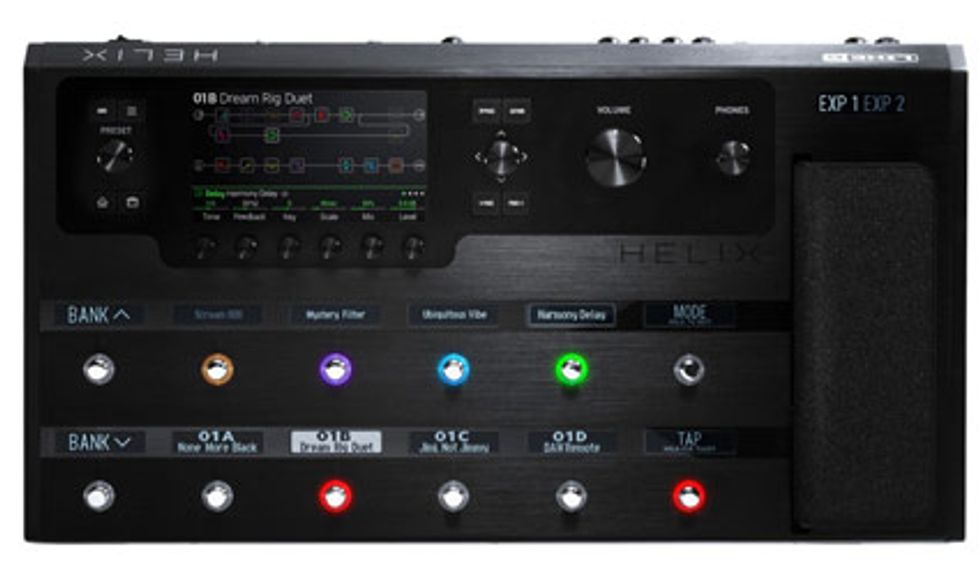
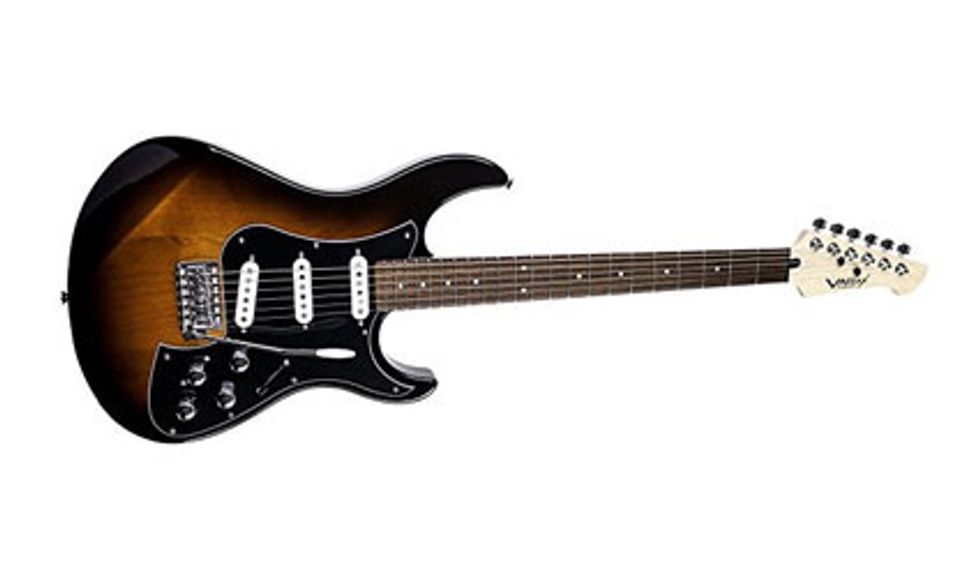
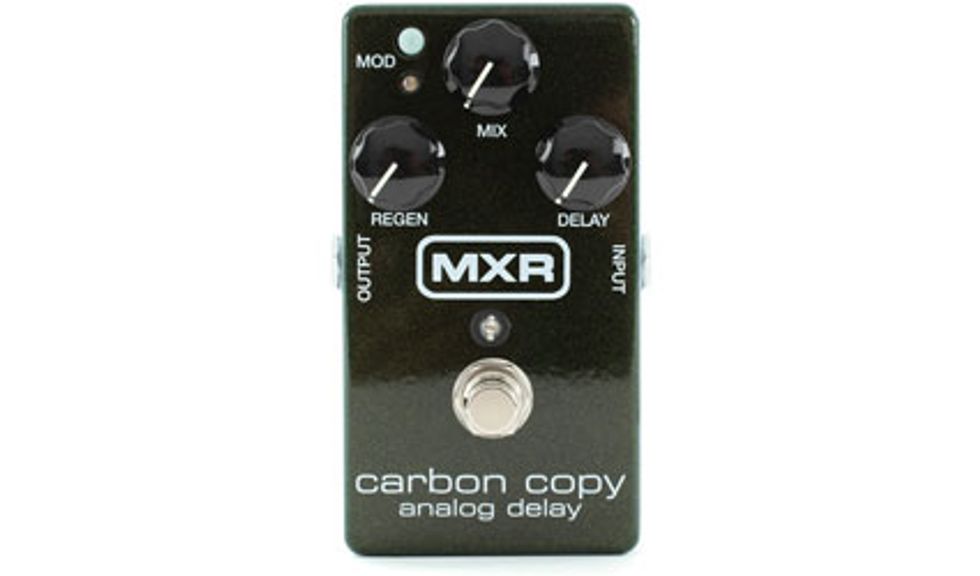

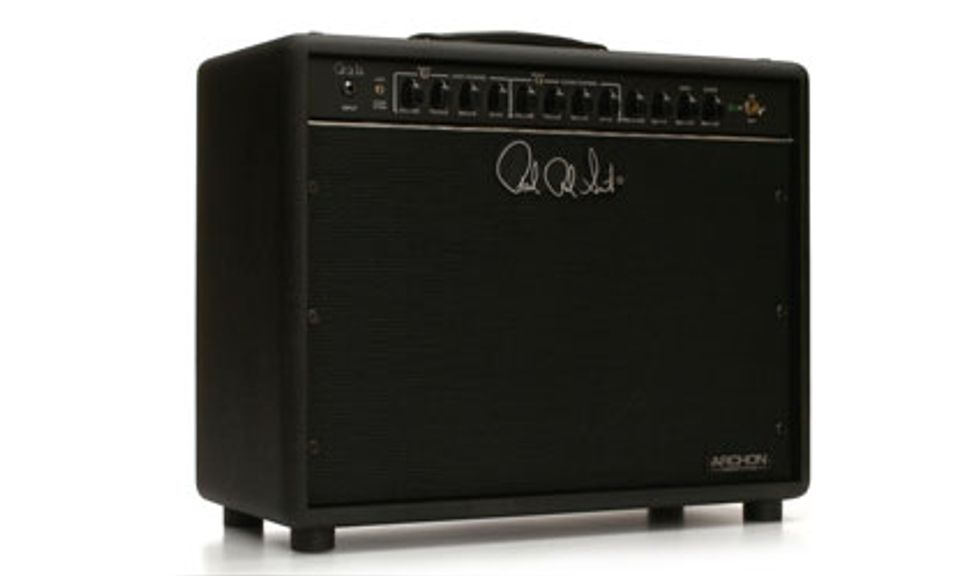
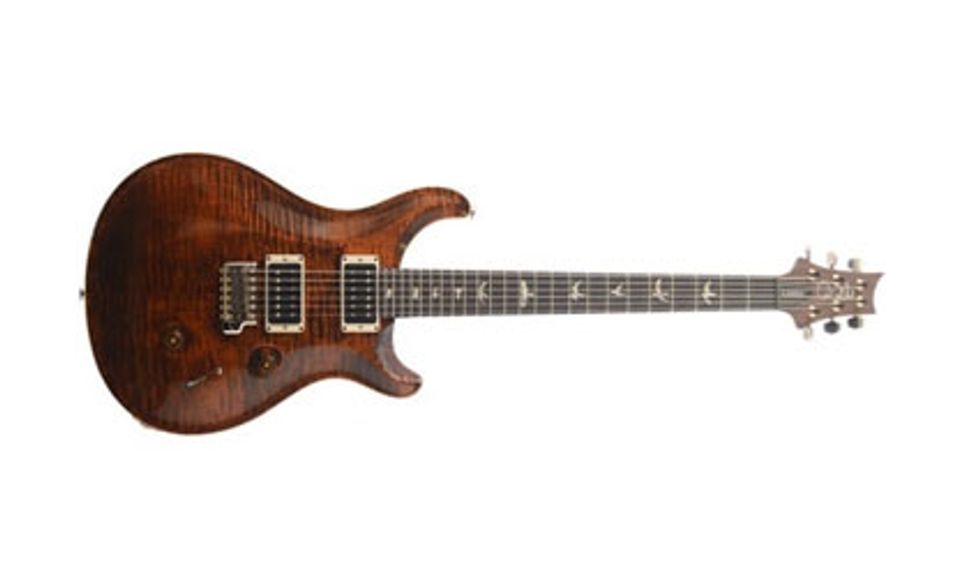
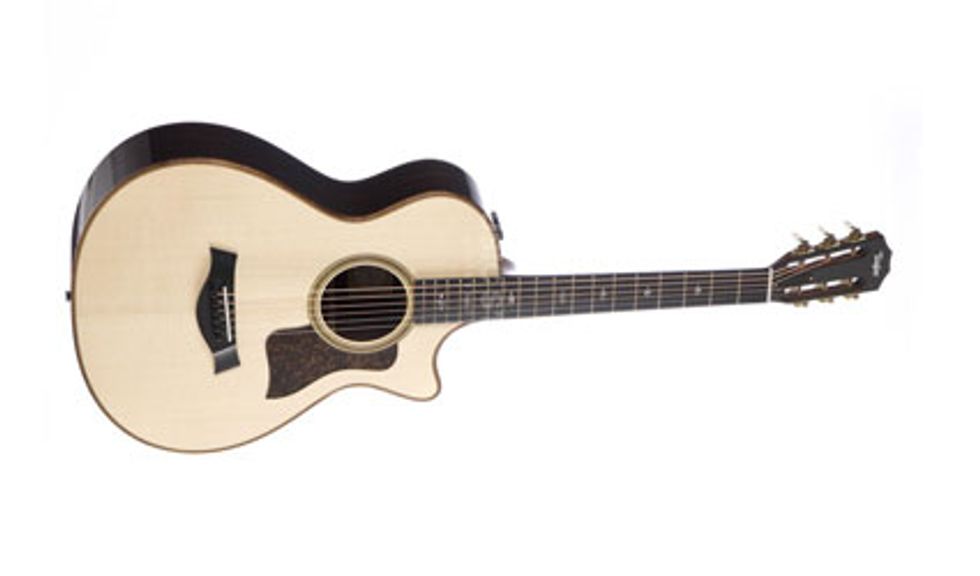
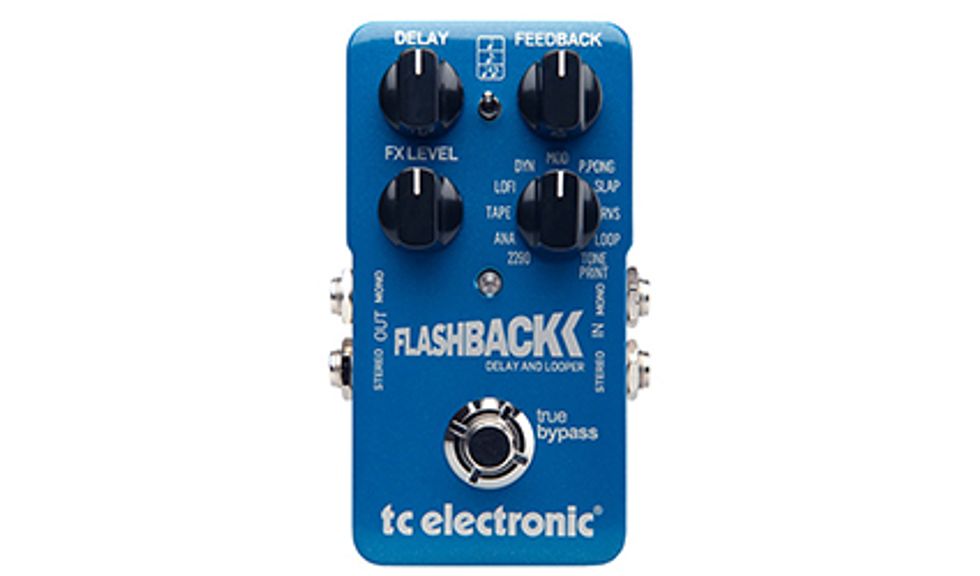

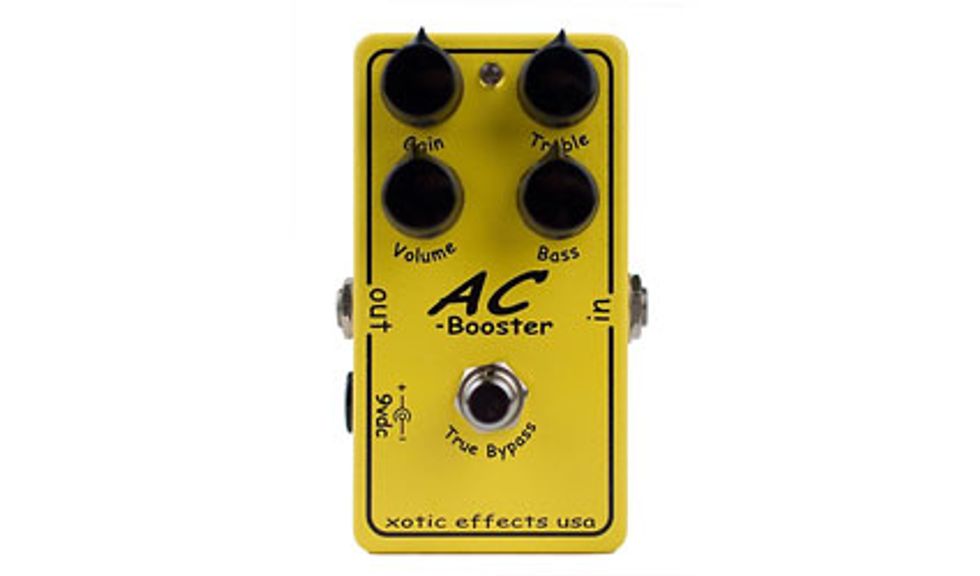




![Rig Rundown: AFI [2025]](https://www.premierguitar.com/media-library/youtube.jpg?id=62064741&width=1245&height=700&quality=70&coordinates=0%2C0%2C0%2C0)












 Shop Scott's Rig
Shop Scott's Rig
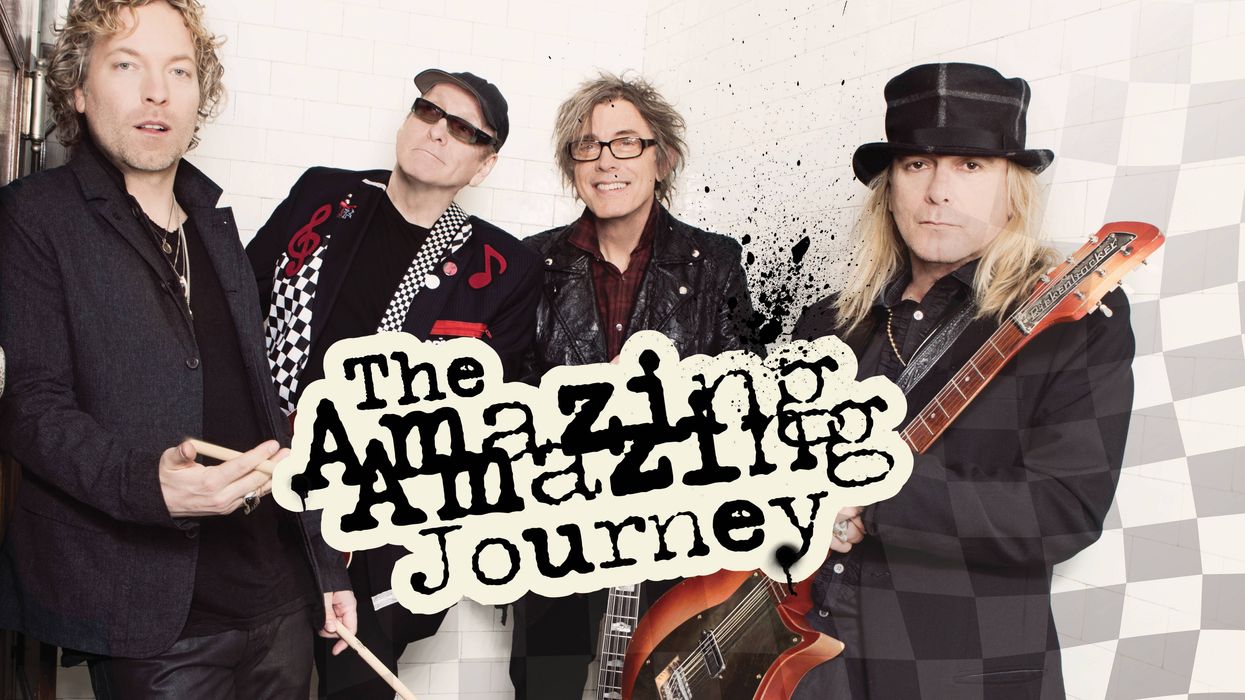












 Zach loves his Sovtek Mig 60 head, which he plays through a cab he built himself at a pipe-organ shop in Denver. Every glue joint is lined with thin leather for maximum air tightness, and it’s stocked with Celestion G12M Greenback speakers.
Zach loves his Sovtek Mig 60 head, which he plays through a cab he built himself at a pipe-organ shop in Denver. Every glue joint is lined with thin leather for maximum air tightness, and it’s stocked with Celestion G12M Greenback speakers.







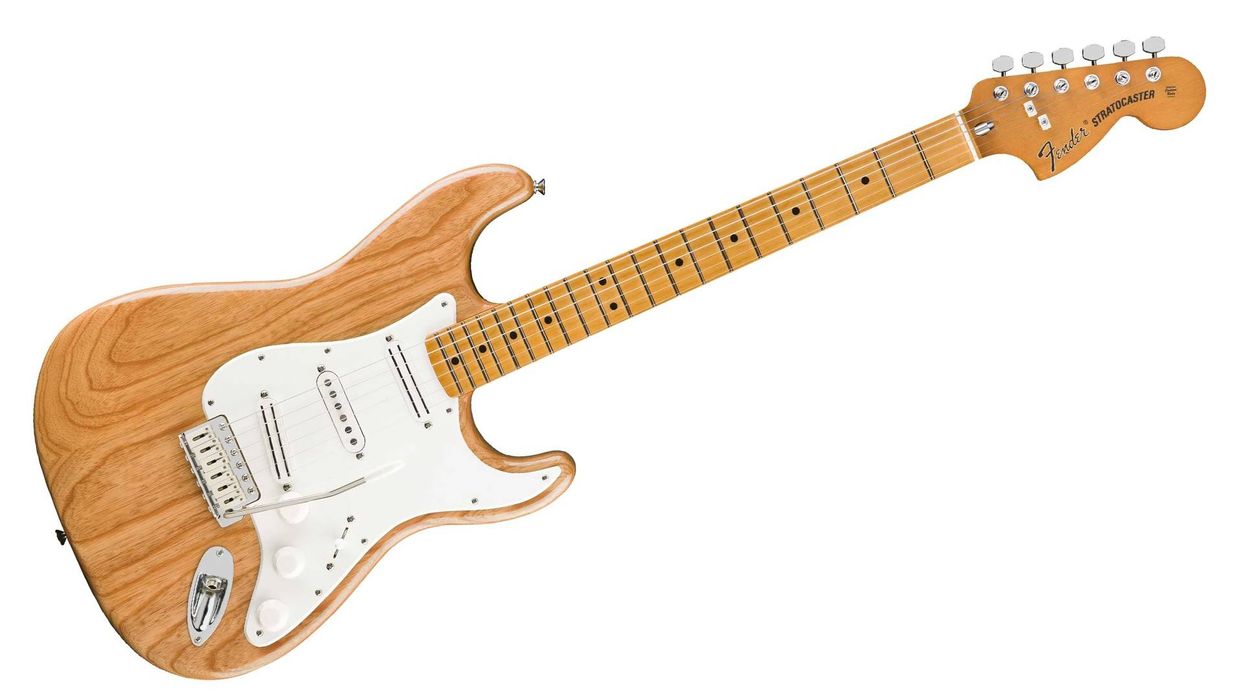
![Devon Eisenbarger [Katy Perry] Rig Rundown](https://www.premierguitar.com/media-library/youtube.jpg?id=61774583&width=1245&height=700&quality=70&coordinates=0%2C0%2C0%2C0)







